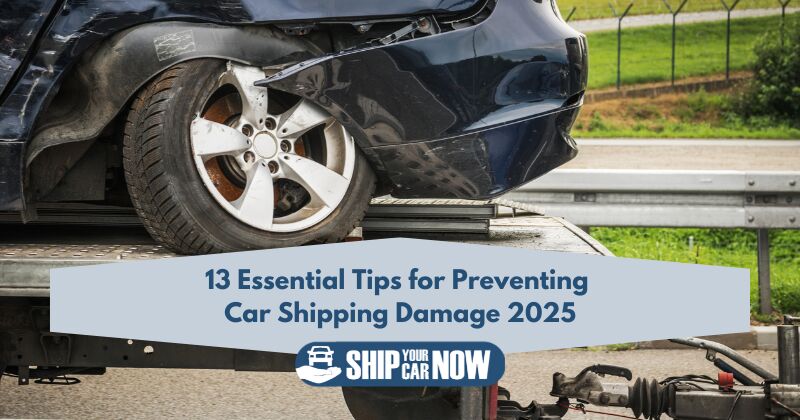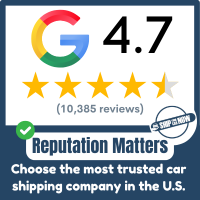You’ve finally decided to ship your car to that dream destination, but the thought of potential damage during transit has you worried.
It’s understandable! No one wants their vehicle to arrive with dings and scratches.
But what if I told you there are proven strategies to minimize the risks?
In this guide, we’ll explore 13 essential tips for preventing car shipping damage in 2025.
From careful preparation to selecting the right carrier, we’ll empower you to ship your car with confidence.
Let’s dive in!
TL;DR:
To prevent car shipping damage, choose a reputable company with good insurance, document your car’s condition thoroughly, prepare it for shipping, and track its progress. Upon arrival, inspect carefully and report any damage immediately. Don’t skimp on research – compare car shipping services and car shipping costs to find the best fit for your needs. Remember, proactive steps can save you from headaches down the road!
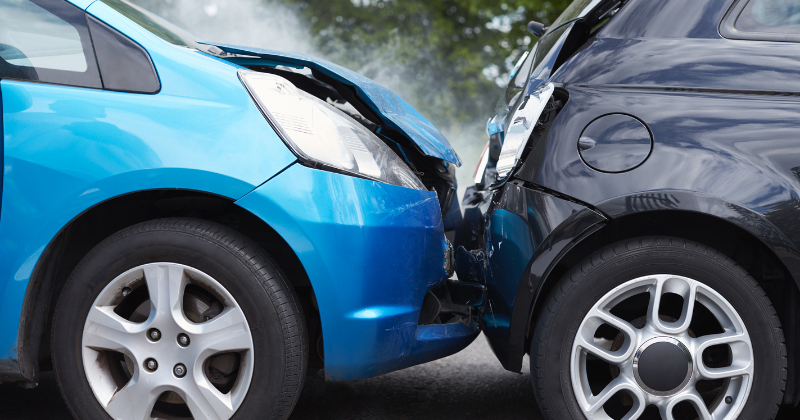
Worried About Car Shipping Damage?
1. Choose Reputable Car Shipping Services
Do your research! Look for auto transport companies with a proven track record.
Check online reviews and resources like the Better Business Bureau (BBB).
A reputable company will prioritize the safe transport of your vehicle.
I once made the mistake of choosing a company based solely on price, and I ended up regretting it.
My car arrived with minor damage, and the company was a nightmare to deal with. Lesson learned: a company’s reputation is invaluable.

2. Understand Your Car Transport Insurance Policy
Before you sign any contracts, carefully review the insurance claim process and coverage provided by the shipping company.
It’s crucial to understand what types of vehicle damage are covered and how to file a damage claim if necessary.
Some car transport companies offer basic coverage, while others provide more comprehensive options.
Don’t hesitate to ask questions & clarify any doubts you may have.
3. Document Your Vehicle’s Condition
Take clear photos and videos of your car from all angles before it vehicle arrives at the shipping company.
This documentation will be very essential if you need to file a damage claim immediately later.
Pay close attention to any existing scratches, dents, or imperfections.
I learned this the hard way when I shipped my classic car.
Because I hadn’t documented a pre-existing scratch, it wasn’t easy to prove it wasn’t caused during land shipping.
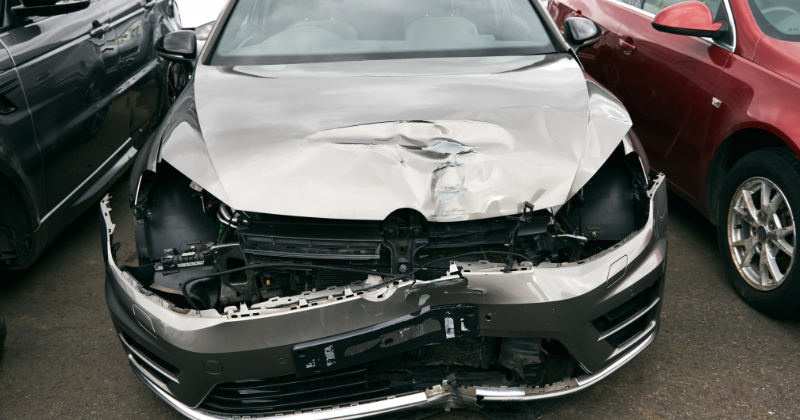
4. Prepare Your Vehicle for Land Shipping
Remove or secure any lost items inside your car.
This includes valuables, electronics, and anything that could become a projectile during transit.
Fold down your antenna and retract any external mirrors.
A friend of mine once shipped his car with a surfboard inside, and it ended up damaging the interior. Don’t make the same mistake!
5. Factor in Car Shipping Costs
Get quotes from a few car transport companies to compare car shipping costs.
Be wary of very low quotes, as they may indicate subpar service or hidden fees. Remember, the cheapest option isn’t always the best.
When I shipped my car across the country, I found that the mid-range quotes often offered the best value for money.

6. Communicate with the Shipping Company
Stay in touch with the transport service throughout the car shipping services process.
Confirm pickup and delivery details, and don’t hesitate to ask for updates on your vehicle’s location.
Good communication can prevent surprises and ensure a smooth experience.
7. Inspect Your Vehicle Upon Arrival
When your car arrives, carefully inspect it for any new damage.
If you notice anything, report it to the shipping company and the insurance company immediately.
Take photos and videos of any damage, and file a damage claim promptly.
Don’t delay this process, as it could affect your ability to receive compensation.

8. Be Aware of Car Shipping Myths
Don’t fall prey to common car shipping myths.
For instance, some people believe that shipping a car in an enclosed carrier guarantees damage-free transport.
While enclosed carriers offer added protection, they don’t eliminate all risks.
Do your research and make informed decisions based on your specific needs.
9. Use a Post Car Shipping Checklist
Create a post-car shipping checklist to ensure you’ve addressed all necessary steps before, during, and after the car shipping services.
This checklist can easily help you stay organized & minimize the risk of overlooking important details.
I find that checklists are invaluable for keeping track of everything, especially when dealing with a complex process like car shipping.

10. Understand the Shipping Companies’ Liability
Familiarize yourself with the shipping companies’ liability for vehicle damage.
Know the limits of their responsibility and what steps to take if the carrier decides the damage is not their fault.
Having this knowledge beforehand can save you time and frustration in the event of a dispute.
11. Consider Timing for Car Shipping Services
Plan your car shipping services around weather patterns and peak seasons.
Shipping during the off-season or favorable weather conditions can reduce the risk of weather-related damage.
I once shipped my car during hurricane season, and although it arrived safely, the stress was not worth it!
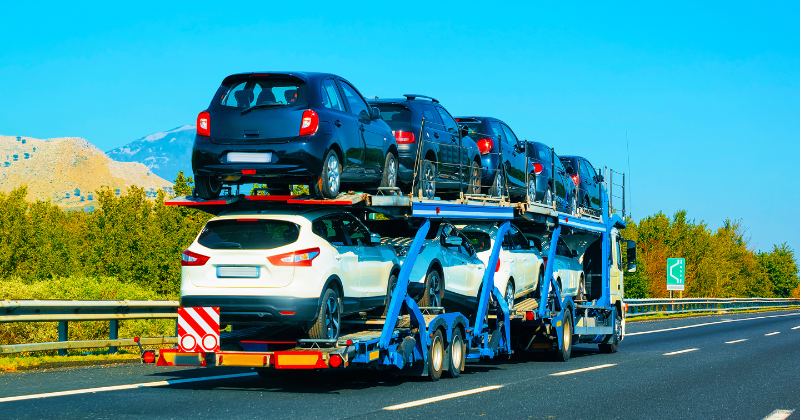
12. Read the Fine Print of the Car Transport Insurance Policy
Pay close attention to the exclusions and limitations in your car transport insurance policy.
Understand what circumstances might void your coverage or limit the insurance company’s liability.
Knowing the details can prevent unpleasant surprises later on.
13. File a Damage Claim Immediately
If your vehicle arrives with damage, file a damage claim immediately with the auto transport company and your insurance company.
Please provide them with all necessary documentation, including photos, videos, & a detailed description of the damage.
The sooner you file a claim, the better your chances of a smooth resolution process.
Remember, time is of the essence when it comes to damage claim filings.

Why Prevent Car Shipping Damage?
Preventing car shipping damage is crucial for a smooth and stress-free experience.
Imagine the frustration of eagerly awaiting your vehicle’s arrival only to find it damaged.
Not only is it disheartening, but it can also lead to unexpected expenses and delays.
By taking proactive steps to protect your car during transit, you can avoid the hassle of dealing with repairs, insurance claims, and potential disputes with the shipping company.
Protecting your investment and ensuring your vehicle arrives in pristine condition is worth the effort.
After all, who wants to start their journey with a damaged car?
Final Thoughts
Shipping your car doesn’t have to be a gamble.
By following these 13 very essential tips, you can significantly lower the risk of damage and enjoy peace of mind throughout the process.
Remember, preparation is key.
Thoroughly research car shipping services, understand your insurance coverage, and document your vehicle’s condition meticulously.
As technology advances, we can easily expect even more innovative solutions to enhance car shipping safety in the future.
So, embrace these tips, choose a reliable carrier, and embark on your journey with confidence!
Frequently Asked Questions
What if the shipping company damages my car?
If your car arrives damaged, immediately document the damage and notify the shipping company and your insurance company. File a damage claim and provide them with all necessary documentation, including photos and videos.
How much does land shipping a car cost?
Car shipping costs change depending on factors like distance, vehicle type, and the type of transport service (open or enclosed). Get quotes from a few auto transport companies to compare the prices.
How do I choose the best car transport company?
Research potential car transport companies thoroughly. Check some online reviews, consult the Better Business Bureau (BBB), and compare car shipping services and car transport insurance policy offerings.
Can I ship personal items in my car?
Most shipping companies allow a limited amount of personal belongings in your car, but they often won’t be liable for any damage or loss. It’s best to remove valuables and minimize the number of items you leave inside.
What is the safest way to ship a car?
Enclosed transport service generally offers more protection than open transport, but it comes at a higher cost. Regardless of the method, choosing a reputable company and properly preparing your vehicle is crucial for minimizing risk.

